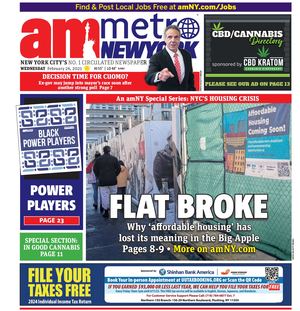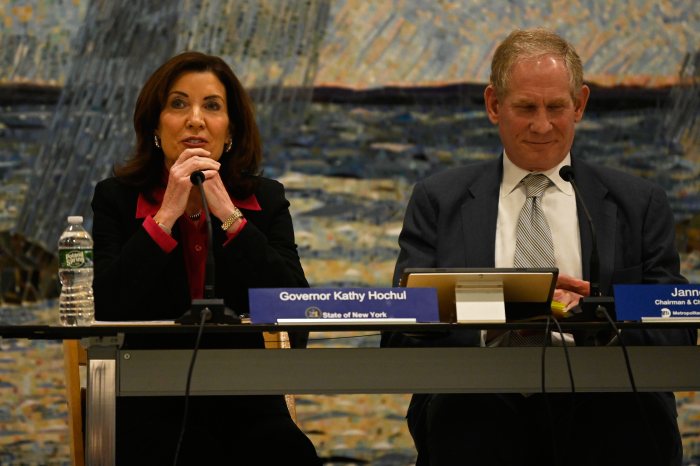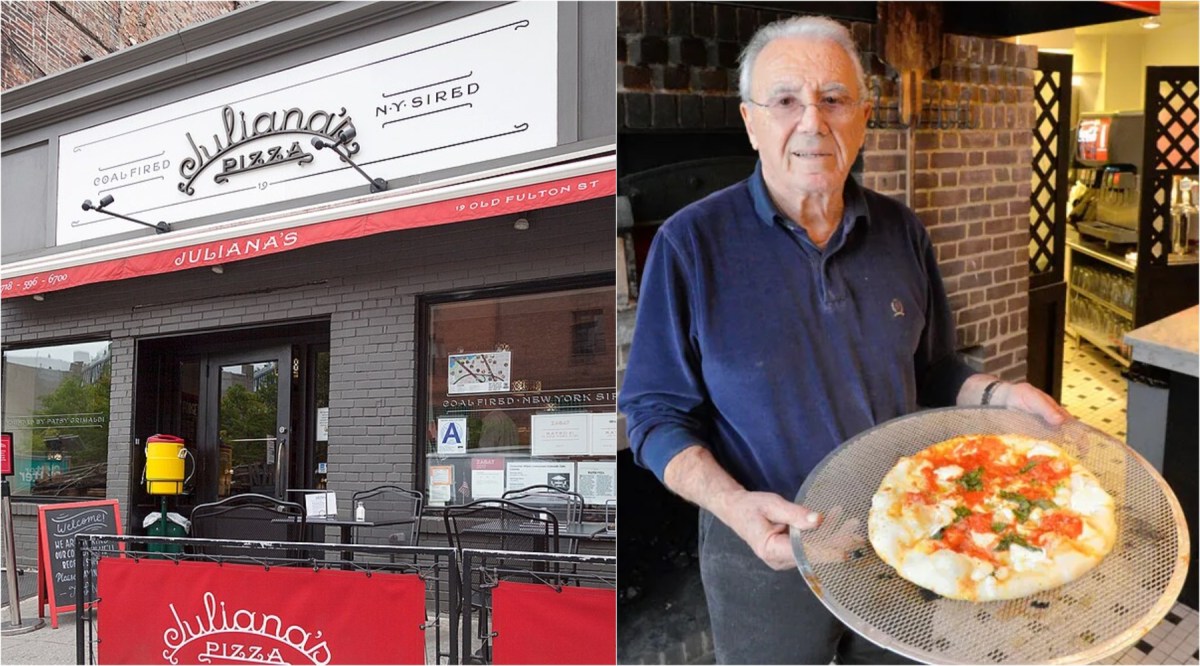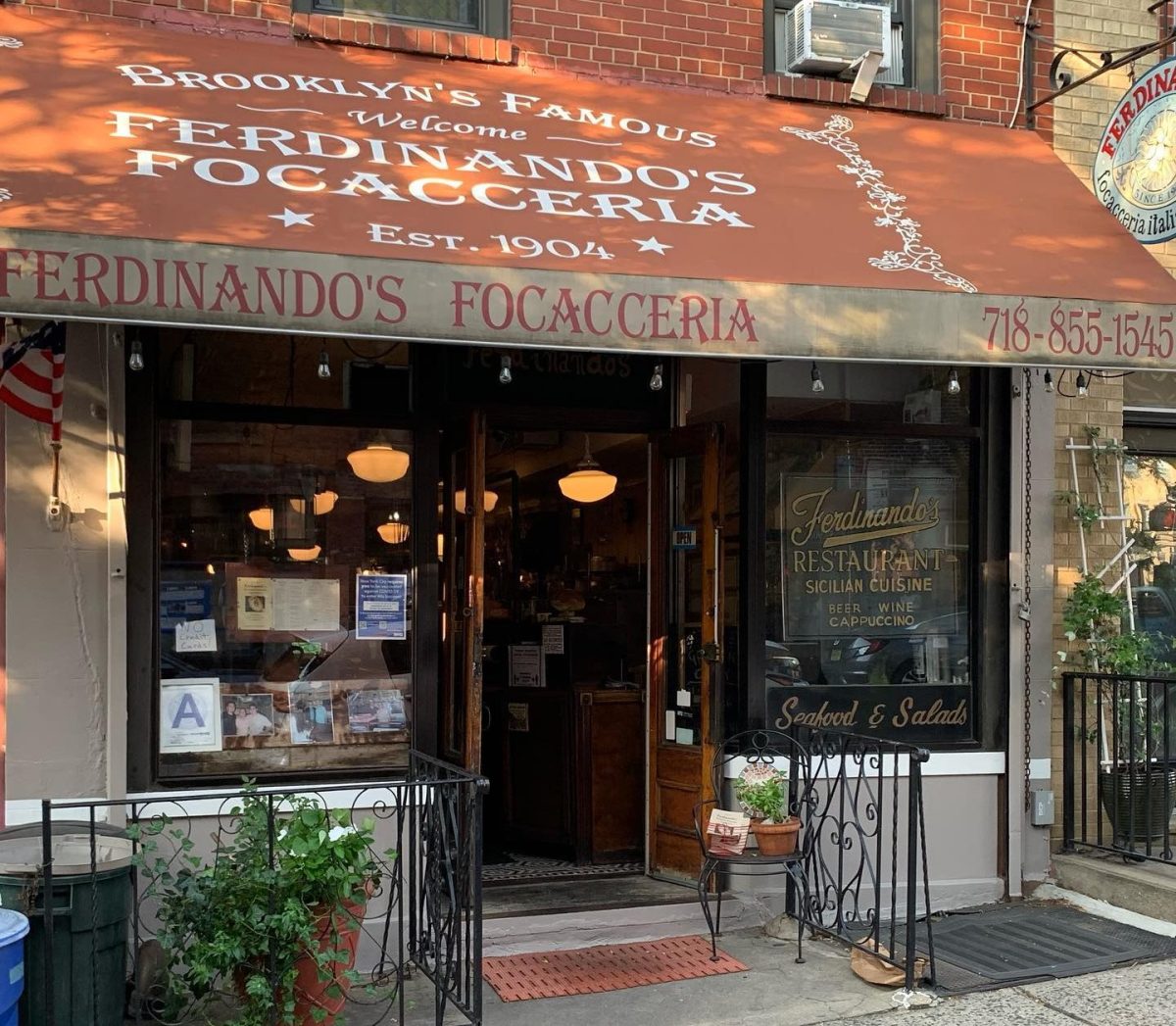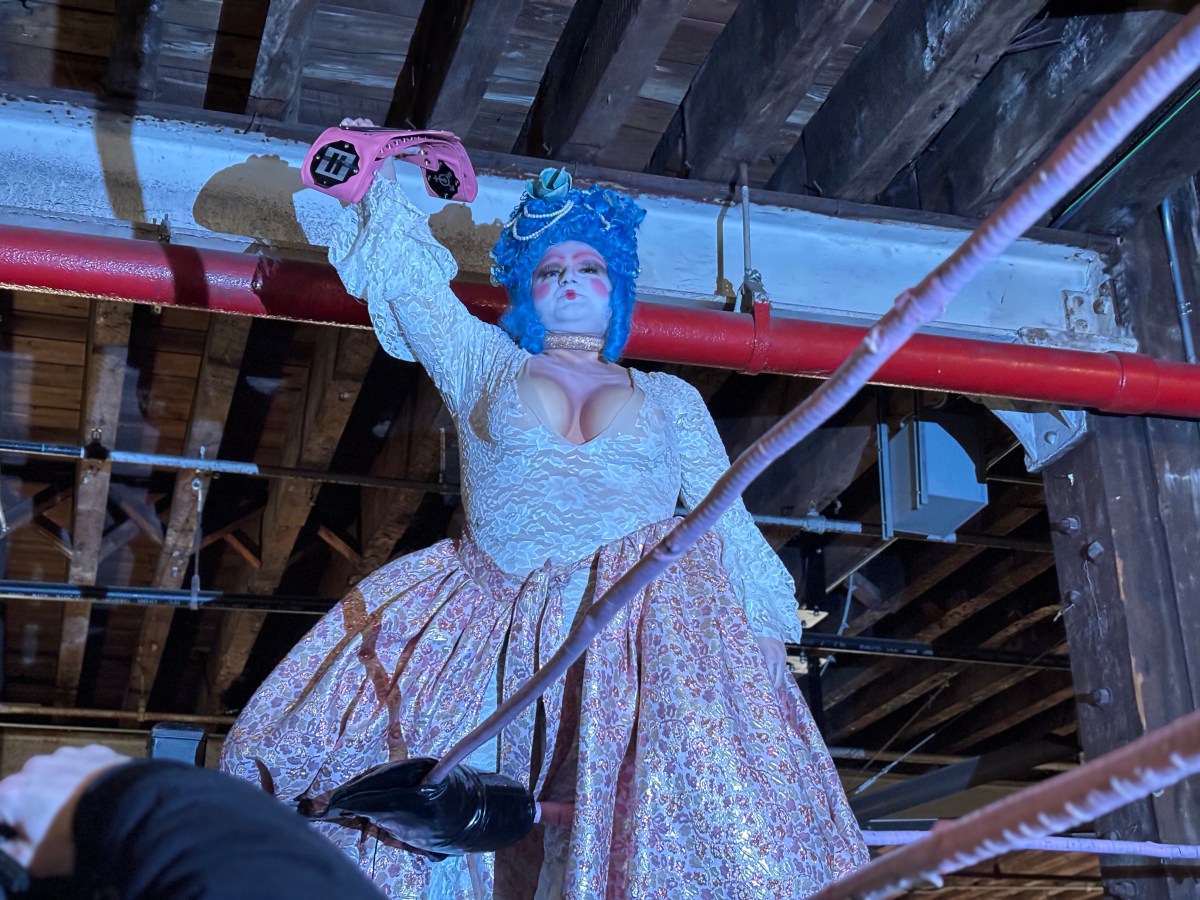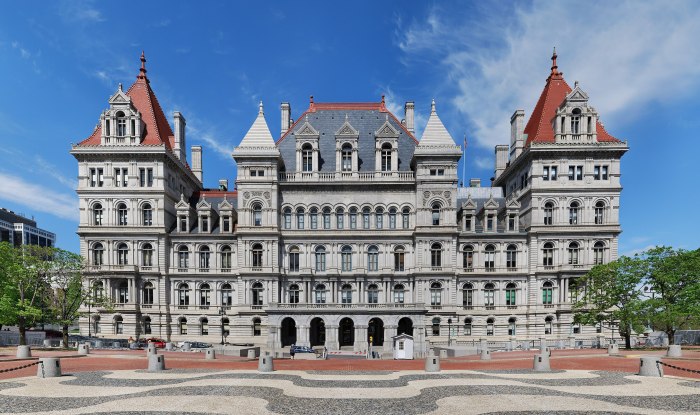
NYC Transit president Andy Byford held the first of several public hearings at Queens’ York College Tuesday night to pitch his modernization plan to the riding public. Estimated to cost about $40 billion, the Fast Forward plan lays out a 10-year blueprint for revitalizing subway, bus and accessibility services.
“This is a system that is carrying more people than it was ever designed for on ever aging infrastructure on limited funding,” said Byford. “So to me it’s a trifecta; it’s a triple whammy of influences converging together.”
The plan has been praised by advocates and transit experts, but finding the funding — and instilling trust in an authority known for overspending on delayed megaprojects — is an uphill battle. Mayor Bill de Blasio and Gov. Andrew Cuomo have already begun sniping over who will foot the bill.
“My intention is to build a compelling, an unstoppable, an irresistible coalition of politicians, of media, of New Yorkers and of advocacy groups to make this plan a reality,” Byford told the crowd of about 100 at the Milton G. Bassin Performing Arts Center.
A centerpiece of Fast Forward will be to swap out much of the subways’ century-old and failure-prone signal system with a modern, computerized equivalent known as Communications-based Train Control, or CBTC. Byford also promised 650 new train cars during the first five years of its implementation.
The plan calls for a complete overhaul of bus routes in each borough and a plan to increase subway accessibility so that, within five years, riders are never more than two stops from a wheelchair-accessible station.
Speakers at the event tended to focus on specific service issues, rather than the plan itself. Many were frustrated with the short notice of the town hall. The MTA announced the meeting on Sunday. Byford agreed that residents deserved more notice in the future and promised to hold another town hall in Queens.
Flavio Martinez, 84, of Queens Village, doubted that the MTA could achieve what Byford has laid out in his plan. He pointed to the ongoing signal modernization project along the 7 line, which has suffered from delay after delay. Martinez, a retired hospital worker, joked that he might not live to see the improvements.
“It just seems impossible. It is impossible,” he said. “Just look at the 7 train.”
Jocelyn Kirby-Clarke, an administrative worker from Jamaica, said she appreciates the plan but also doubted whether Byford could pull it off.
“These plans always sound good on paper but they don’t go anywhere,” she said.
Kirby-Clarke takes the J to the L for her job near the Dekalb Avenue stop.
“Some days the L is so packed in I end up in tears,” she said. “I just hope that I live to see these changes, because right now I’m bearing the brunt of it.”
